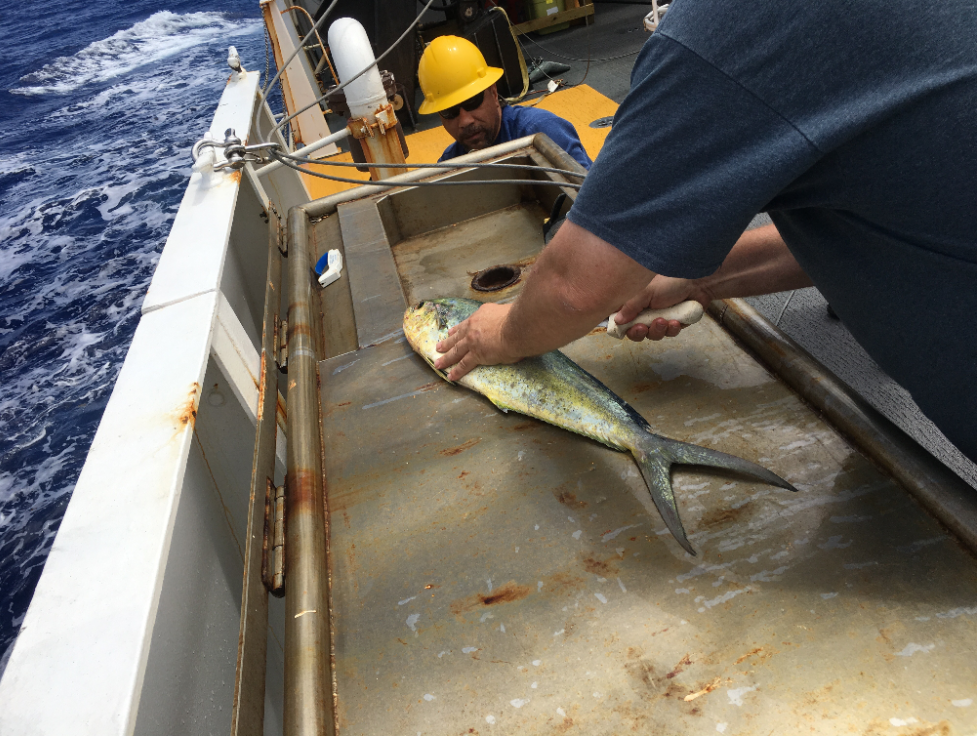Day 7: At Sea
- By Lilian Morales
- Apr 23, 2017
- 2 min read

Despite the slow shifts occurring they are still deploying CTDs, bongo nets and finally the mocness nets. This net has been difficult for them to deal with and has created problems with many attempts. After finally getting it to work the third time sent down was a charm. These mocness nets go to different heights in the water. Jess writes that she is excited to look at the horizon of the ocean 360 degrees all around her. She was super excited to find a cute orange baby cowfish who without a doubt was released! No worries. Today is the day where they have finally finished the cross shelf sections and are about to head towards St Croix for the sampling stations around there.

What’s awesome is that they were able to do something unrelated to their research as well. They had to recover an USGS sediment trap that has been laying on the ocean floor for some years now. It was mentioned that they were supposed to be recovered last year but due to some difficulties they had to wait for this year’s expedition to go and get it. The sediment trap was sitting at the bottom of the ocean. So what they had to do was send a long cable with a transducer down and send a signal to the trap. The signal then contains some codes that enable the trap to release a group of buoys that will then take it back to the surface to recover. The problem was that although they were able to communicate with the sediment trap it may have not had enough battery to let it know to release the buoys. In the meantime, some of the engineers from the Nancy foster had fishing rods and they were able to catch a Mahi Mahi!






Comments